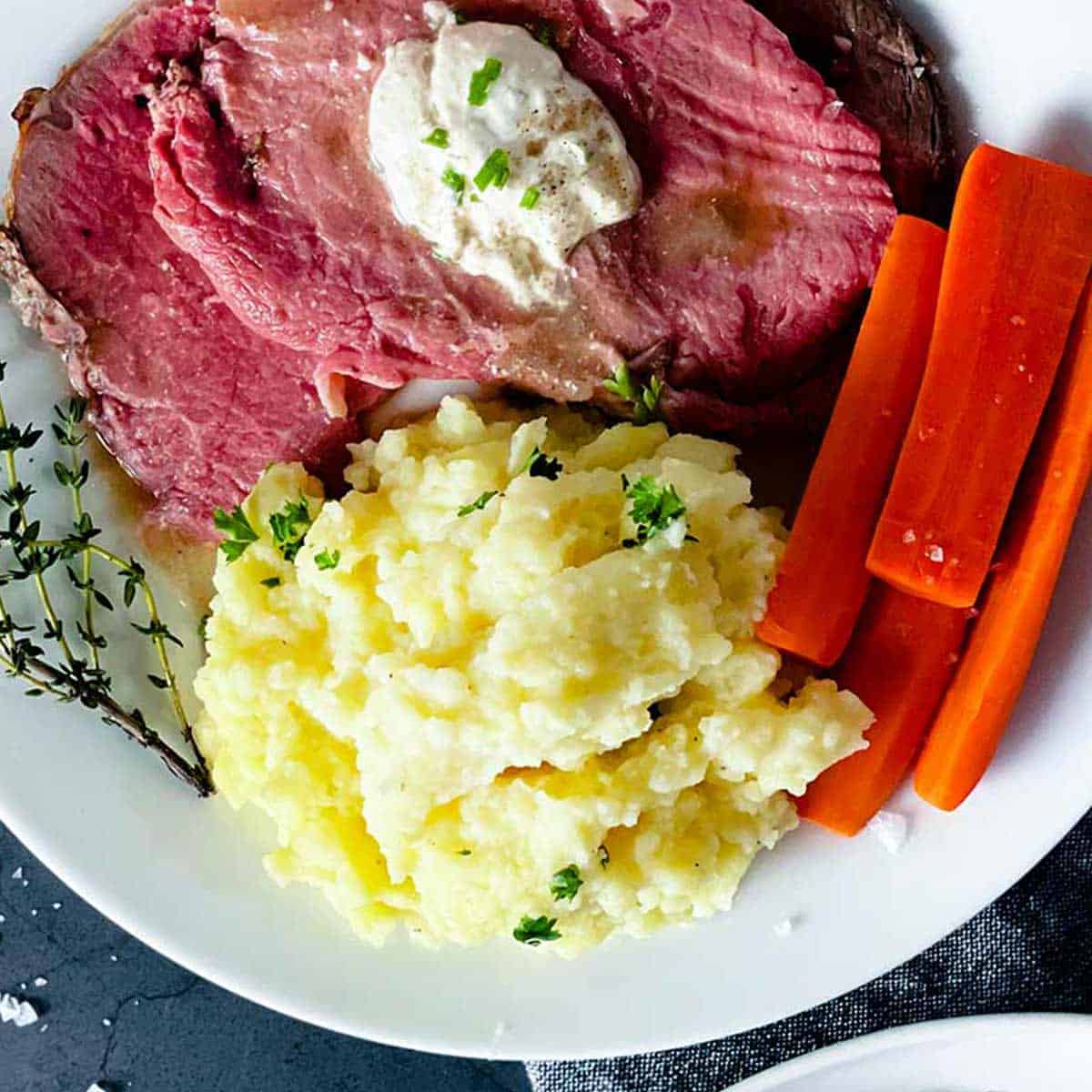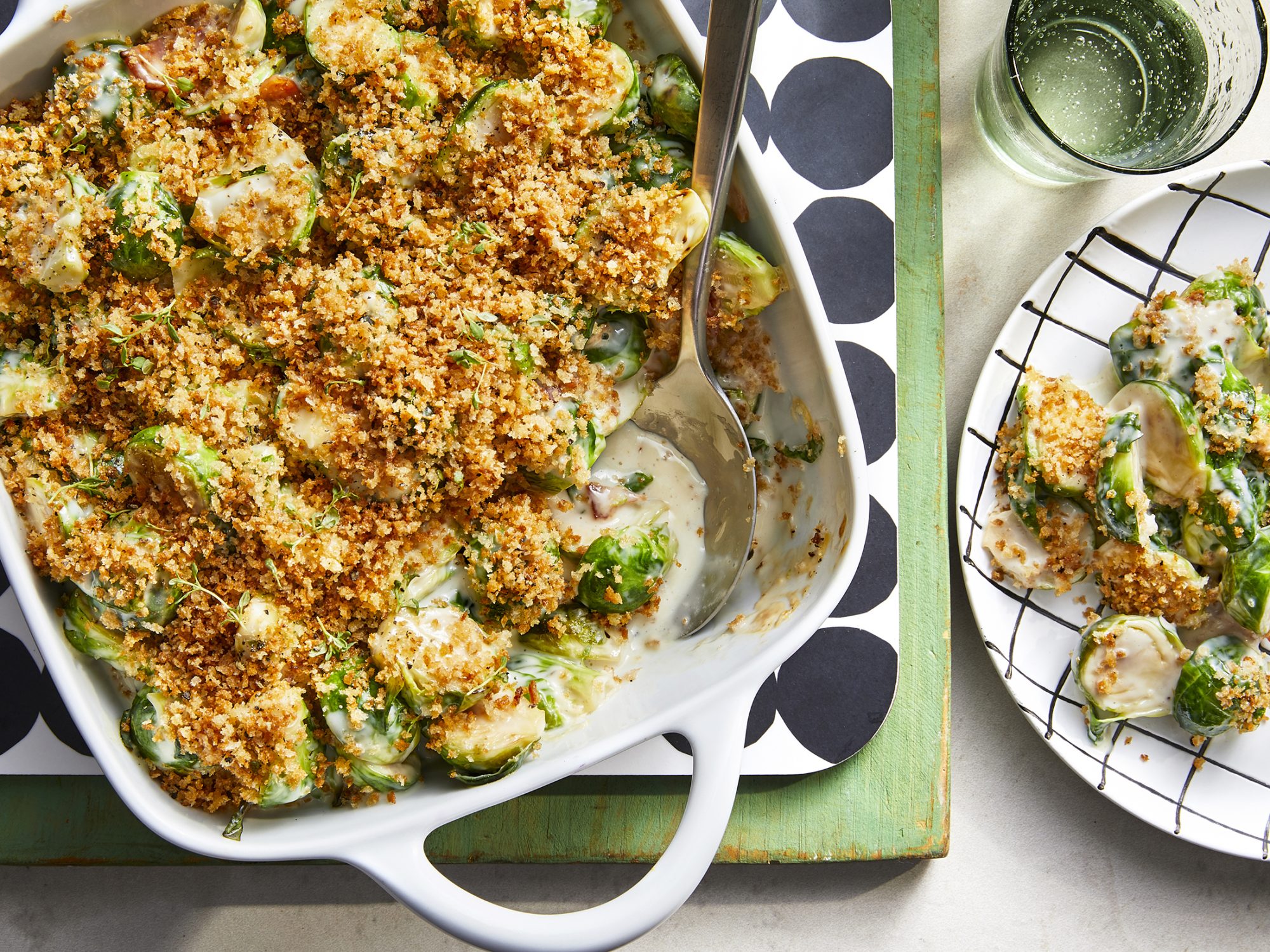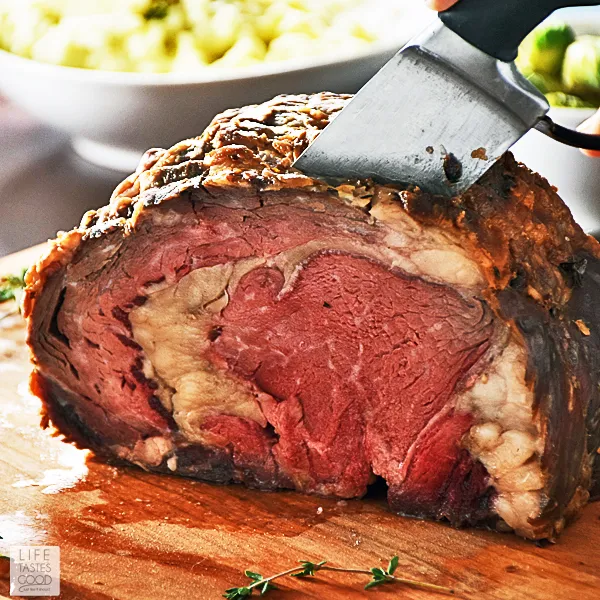– The article provides a free printable temperature chart for cooking prime rib.
– The temperature guidelines for cooking a bone-in or boneless standing rib roast are as follows:
– Rare: 120-129°F, bright red center, lukewarm.
– Medium Rare: 130-134°F, bright red center, pink edges, warm.
– Medium: 135-144°F, pink and warm throughout.
– Medium Well: 145-154°F, slightly pink center and warm throughout.
– Well Done: 155-164°F, very little pink.
– It is recommended to use an instant read thermometer to measure the internal temperature of the prime rib as it cooks.
– The article suggests resting the roast for 10-15 minutes or 20-25 minutes, depending on the desired final temperature, as the roast will continue to increase in temperature while resting.
– The article also provides additional links to other recipes and guidelines for cooking prime rib.
– The article discusses the concept of a “perfect” prime rib recipe.
– The author states that there is no such thing as a perfect recipe and that it’s important to continue exploring and experimenting in the kitchen.
– The author describes a perfect prime rib as having a deep brown crust, juicy pink center, and a distinct dry-aging aroma.
– The article provides a snapshot of the current state of the author’s prime rib recipe.
– The author states that marbling is important for juiciness, flavor, and tenderness in prime rib.
– Buying “Prime” graded beef is suggested as a guarantee of good marbling.
– Prime rib has a high fat content and is marbled with fat. If someone does not like fat in their beef, prime rib may not be suitable for them.
– 100% grass-fed beef tends to be leaner, while grass-fed, grain-finished beef is richer in flavor.
– Dry-aging is a process where large cuts of meat are held in a temperature and humidity-controlled room for several weeks. This process enhances the flavor and tenderness of the meat.
– When buying aged beef, it is recommended to choose dry-aged beef rather than wet-aged beef. Wet-aging involves storing beef in a vacuum-sealed bag, which does not provide any flavor benefits.
– Dry-aging at home is not recommended unless the proper resources and techniques are available. Pseudo dry-aging, which involves loosely covering meat in the fridge for a few days, does not produce the same flavor as true dry-aged beef.
– True dry-aging at home is possible but requires the right cut of meat and the appropriate conditions.
– Buying bone-in beef allows for insulation during roasting, resulting in tender and juicy meat.
– It is recommended to season the prime rib with kosher salt at least 45 minutes before cooking, or preferably the day before, to enhance flavor.
– Roasting at low temperatures (around 200°F) prevents overcooking the outer layers of the meat.
– Slow roast the prime rib first, then brown it at the end to avoid overcooking.
– Using a thermometer is necessary to ensure perfectly cooked meat. The recommended temperature for medium rare is 115 to 120°F.
– Resting the meat after cooking improves juiciness and texture. Slicing a hot roast immediately out of the oven will cause juices to spill out, while properly rested meat retains the juice.
– The article mentions that the method described minimizes moisture loss and leaves very few drippings in the pan. However, without flavorful drippings, making a tasty sauce or gravy becomes challenging.
– One solution suggested is to sear beef shin or oxtail, deglaze the drippings with wine and stock, and roast everything together to create a flavorful jus.
Continue Reading


